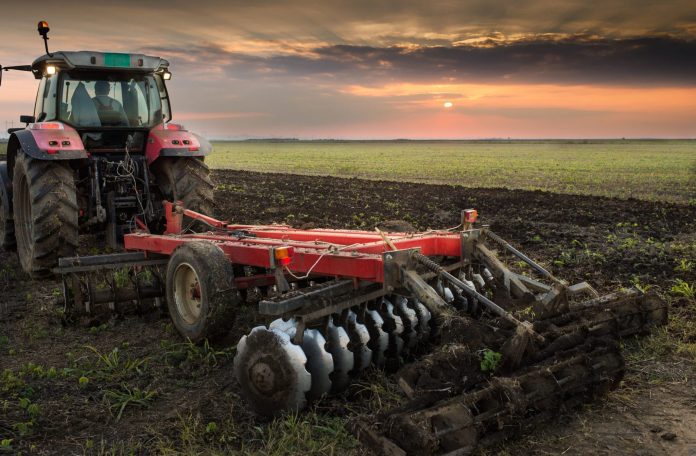In a recent conversation with Enterprise IoT Insights, Will Yapp, VP for business development at LoRa internet of things network provider Senet, discussed the company’s network expansion plans, support of IoT-based precision agriculture and the role LoRa plays in the larger IoT ecosystem.
In 2016 Senet built out its network to cover 225 cities in the U.S., covering 23 states and approximately 50 million people. Metropolitan coverage is available in Seattle, San Diego, Los Angeles, Denver, Las Vegas, Chicago, Washington, D.C., New York City, Philadelphia, Atlanta, Boston and San Francisco.
In 2017, Yapp said network expansion efforts would focus on smaller metros like Austin, Texas; Portland, Oregon; and a number of cities in Florida. “We’ll also be expanding and increasing some of our agricultural coverage,” into Corn Belt states including Iowa, Indiana and Illinois, “then, we’ll go north of San Francisco into wine country. Finally, we’ll be putting our initial coverage into Canada and Mexico.”
On the emphasis on bringing IoT connectivity to the agricultural industry, Yapp said, “We think it’s going to be a significant market. There’s a lot going on in [agriculture]; everything from soil moisture monitoring to ground water management, temperature, humidity, other types of sensing, to measuring the quality of grains that are sitting in silos, pest control … there’s just a ton of applications. Ag is moving quickly.”
Long-range low power wide area networks are designed to provide bidirectional communication, mobility and service localization with data rates ranging from 0.3 kilobits per second to 50 kbps, according to advocacy group the LoRa Alliance. LoRa is among several IoT LPWAN access technologies including narrowband-IoT, Sigfox and LTE-M.
Asked about Senet’s decision to pursue a LoRa-based offering, Yapp said, “We fully and firmly believe in the wide range of use cases that are in the bullseye of using LoRa as the technology to deliver from a cost and technology perspective. And as a small but quickly growing company, you have to be able to focus your efforts. We actually see no need to go head-to-head with the mobile operators.
“We felt it was the best technology out there,” Yapp added. “In LPWAN, there are sort of three types of use cases: the ones where the sensor is communicating up to the network in a single direction … unidirectional communication. The ones where there’s more command and control required like in water metering scenario where you want to turn the water off. We call that bidirectional. Then there are devices in motion, mobility. LoRa covered all three categories of use cases. We felt that gave us the broadest access to the market. We felt that LoRa offered the best opportunity to have the largest open ecosystem.”

